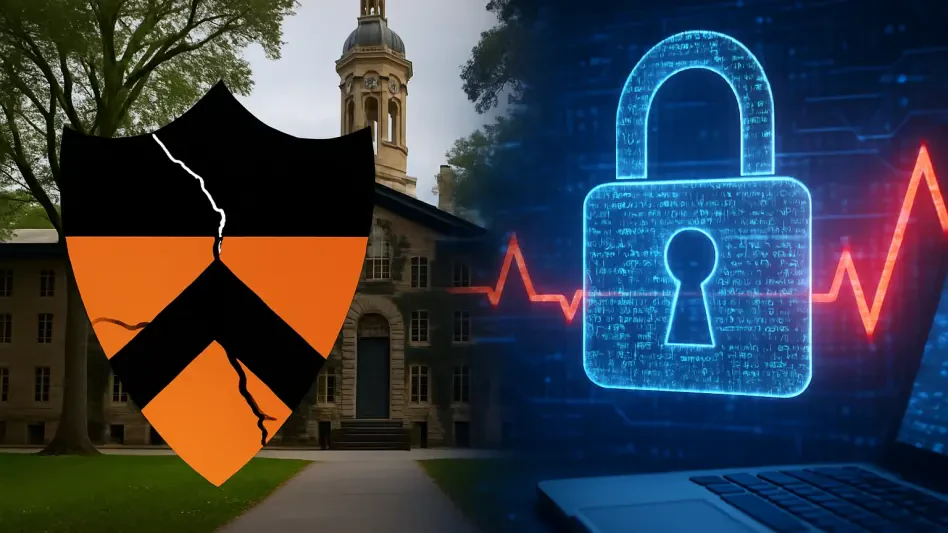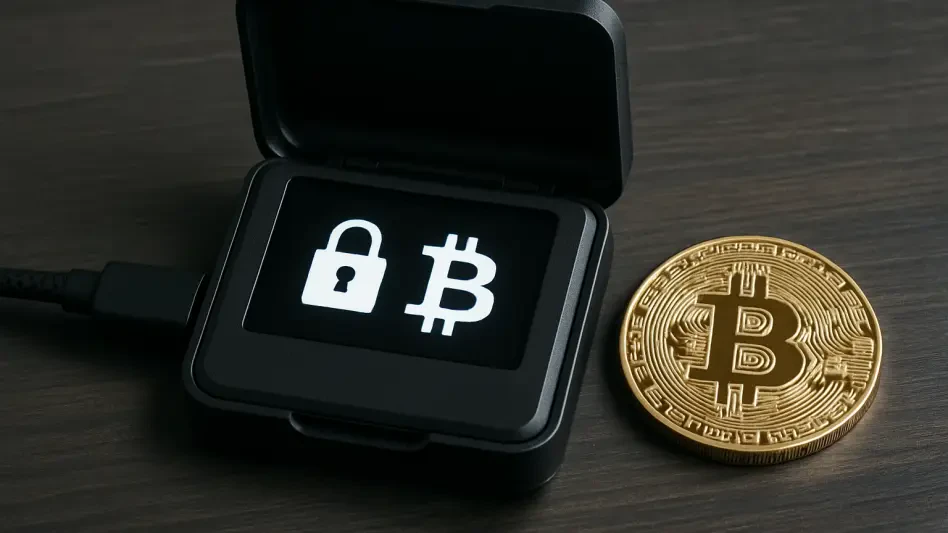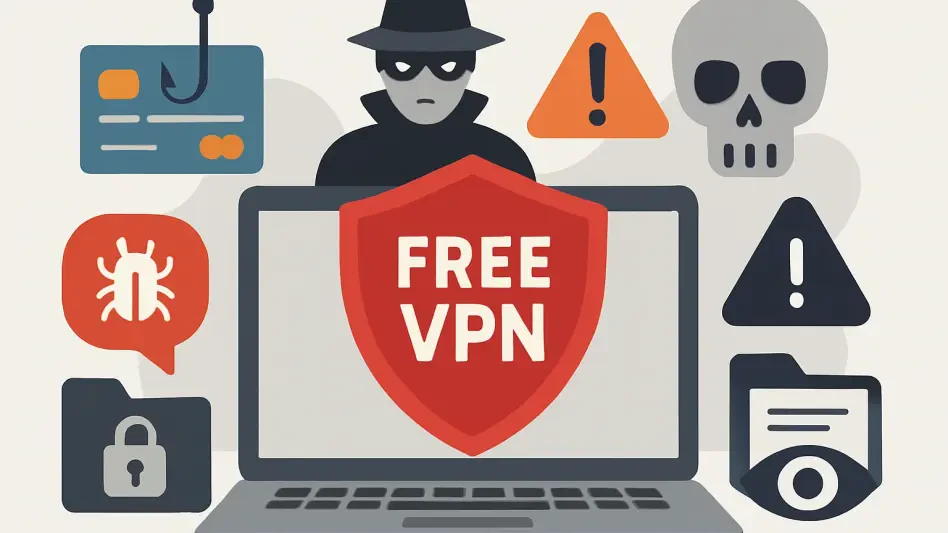In a startling revelation that has sent ripples through the academic community, a significant cybersecurity breach has compromised sensitive data at one of the nation’s most prestigious institutions, Princeton University. On November 10, unauthorized access was gained to a University Advancement database, exposing personal information belonging to alumni, donors, students, parents, faculty, and other community members. This incident, brought to light by the Office of Information Technology, underscores the growing threat of cyber intrusions in higher education. The breach, initiated through a deceptive phone-based phishing attack on an employee with database access, was detected and halted within 24 hours. Yet, the potential ramifications of such an event linger, raising urgent questions about data security and the measures needed to protect vulnerable systems from increasingly sophisticated threats.
Immediate Impact and Response
Scope of the Data Exposure
The compromised database held a range of personal details, including names, email addresses, telephone numbers, and both home and business addresses, alongside information tied to university fundraising efforts and donations. Fortunately, the database did not typically store highly sensitive data such as Social Security numbers, passwords, or financial account details, which somewhat limits the immediate risk of severe identity theft or financial fraud for those affected. Nevertheless, the exposure of even basic personal information can pave the way for secondary attacks, such as targeted phishing scams or social engineering attempts. The university has yet to determine the exact extent of the data accessed by the intruders, leaving a cloud of uncertainty over the full impact of this breach. This gap in knowledge highlights the complexity of tracing digital intrusions and the challenges institutions face in fully assessing damage after such incidents.
Rapid Containment Efforts
Within a day of detecting the unauthorized access, Princeton’s technical team managed to block further intrusion, showcasing a swift response to contain the threat. Collaborating with external cybersecurity experts, the university launched a thorough investigation to uncover the breach’s scope, a process expected to span several weeks. Law enforcement has also been engaged to assist in identifying the perpetrators, though no suspects have been named as of the latest updates. University spokesperson Michael Hotchkiss emphasized the importance of promptly notifying potentially affected individuals, urging them to remain vigilant against suspicious communications that could exploit the leaked data. This proactive stance aims to empower the community to safeguard themselves from follow-up scams, reflecting an understanding of the evolving nature of cyber risks and the need for immediate, transparent communication in crisis situations.
Broader Implications and Preventive Measures
Vulnerability of Educational Institutions
This incident at Princeton serves as a stark reminder of the persistent cybersecurity challenges facing educational institutions, which often hold vast amounts of personal and financial data. The breach, triggered by a phishing attack that exploited human error, illustrates how social engineering tactics remain a potent weapon for cybercriminals. A similar, though unrelated, cyberattack at the University of Pennsylvania just days prior—where hackers accessed an employee’s account and leaked internal documents—further amplifies concerns about systemic vulnerabilities in academia. Although no connection has been established between these events, their close timing underscores a troubling trend of targeted attacks on universities. Such incidents highlight the urgent need for robust defenses tailored to the unique risks these institutions face, as they balance open access to information with the imperative of data protection.
Strengthening Cybersecurity Frameworks
In response to the breach, Princeton officials, including Chief Information Officer Daren Hubbard and Vice President for Advancement Kevin Heaney, have issued stern warnings to the community about suspicious messages claiming to represent the university. This guidance reflects a broader push for heightened digital awareness, a critical line of defense against phishing and other cyber threats. Beyond immediate alerts, the university is investing in enhanced user training and continuous system monitoring to prevent future incidents. These efforts signify a commitment to adapting cybersecurity measures to counter evolving threats, acknowledging that protection is not a one-time fix but an ongoing process. As Hotchkiss noted, fortifying the institution’s digital infrastructure remains a priority, a sentiment echoed across higher education as universities grapple with safeguarding sensitive information in an era of relentless cyber adversaries.
Looking Ahead to Enhanced Protections
Reflecting on the incident, it’s evident that the breach at Princeton, while quickly contained, exposed lingering gaps in cybersecurity readiness that must be addressed with urgency. The collaborative investigation with experts and law enforcement demonstrates a structured approach to understanding the breach’s full ramifications. Community notifications played a crucial role in mitigating potential follow-up threats, a step that proved vital in maintaining trust. Moving forward, the focus shifts to actionable solutions, such as implementing advanced phishing detection tools and fostering a culture of cybersecurity awareness through regular training programs. Institutions across the board are reminded to reassess their defenses, potentially adopting multi-factor authentication and stricter access controls. This event has become a catalyst for broader discussions on data security in academia, urging a collective push toward innovative safeguards to protect against future digital intrusions.








